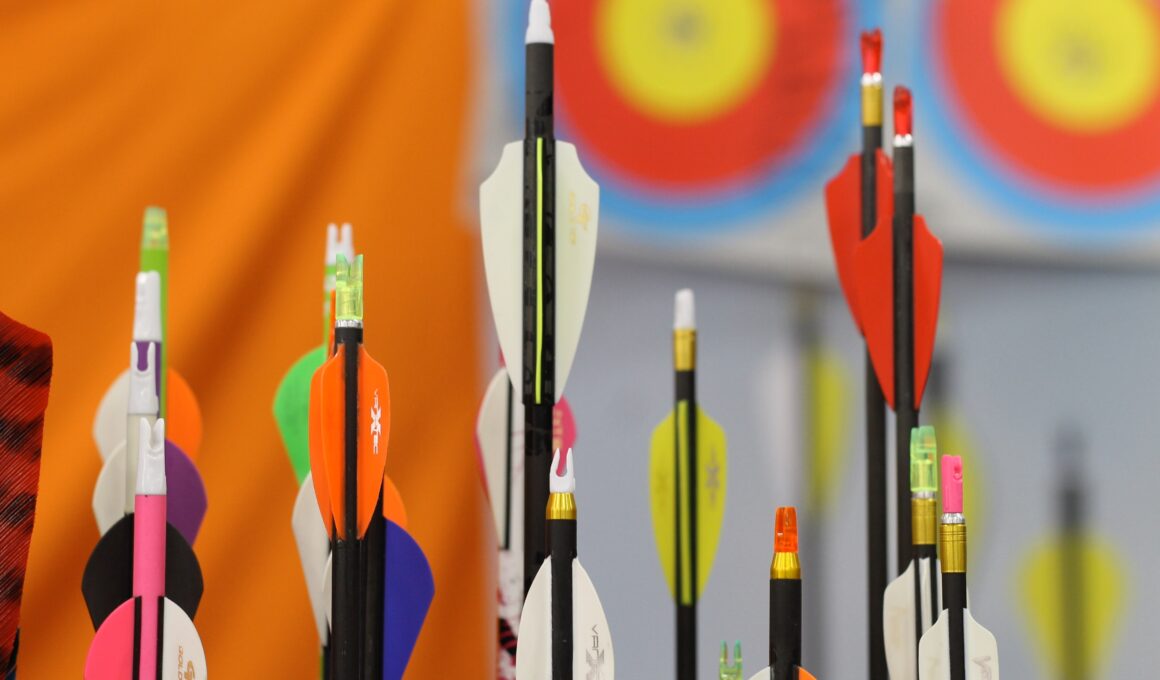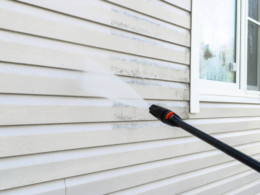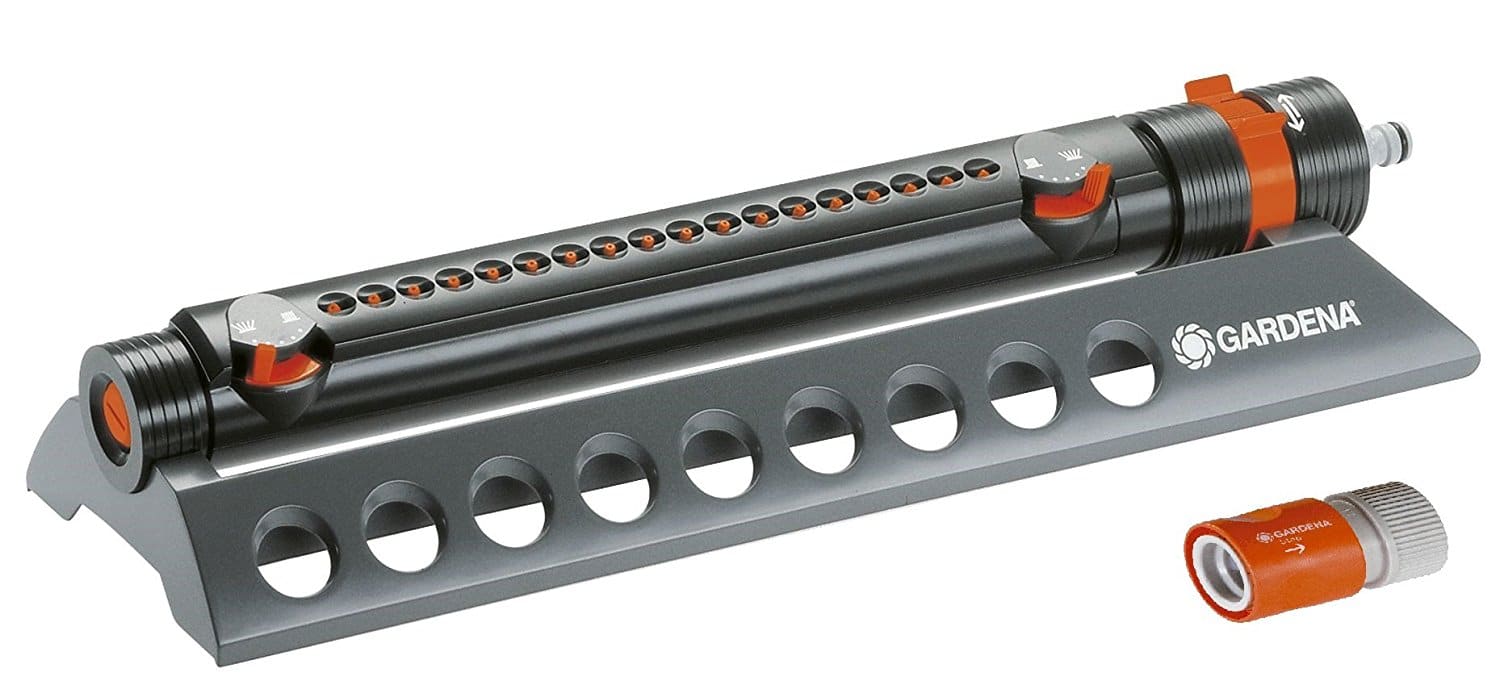Ever wondered if you could practice archery right in your backyard? Well, you’re in luck! This article will guide you through everything you need to know about backyard archery.
But before you start dreaming of hitting bullseyes, it’s essential to understand your local regulations related to archery. We’ll help you assess your backyard space for safety and convenience and choose the right equipment. We’ll also discuss how to set up your target, improve your skills, and store your equipment properly.
If you’re keen on taking your interest further, consider joining a local archery club. Whether you’re a beginner or a seasoned archer, practicing archery in your backyard has numerous benefits.
So, pull up a chair, sit back, and let’s embark on this exciting journey together. Remember, safety is our top priority, so we’ll make sure you’re well informed.
Quick Summary
- Understanding local regulations and zoning laws is important before practicing archery in your backyard.
- Safety should always be a top priority when setting up a backyard archery session.
- Regular training and practice, even for just 20 minutes a day, can greatly improve archery skills.
- Joining a local archery club can provide access to better equipment and professional guidance.
Understanding Your Local Regulations
Before you set up that target in your backyard, you’d better check out your local regulations – you don’t want to accidentally end up on the wrong side of the law, do you?
It’s not just about your personal safety, but also about adhering to the rules and regulations set by your local government. Zoning laws are a key element to consider. These laws dictate what kind of activities can take place in different areas of your town or city. Some might have strict rules prohibiting potentially dangerous activities, like archery, in residential areas. You’d want to ensure you’re not breaking any of these rules before you start.
Permit requirements are another crucial factor. Some areas may allow archery but require you to have a specific permit. This ensures that only those who are properly trained and understand the safety precautions can practice. It’s not just about protecting you and your property, but also those around you.
So, get familiar with your local laws. Make sure you’re not just casually stepping into a sport that could have legal ramifications. Respect the zoning laws, understand permit necessities, and ensure you’re practicing archery safely and legally in your backyard.
Assessing Your Backyard Space
Evaluating the dimensions of one’s private open space is crucial when considering the feasibility of engaging in bow and arrow activities. As you scan your backyard layout, make sure you have ample space for the range.
Your backyard should be long enough to provide a safe distance between the archer and the target, typically at least 10 yards for beginners.
Beyond the distance, the width of your backyard is also important to consider. You’ll need enough room to move freely without any obstructions that could interfere with your archery practice.
Take into account the direction of your shooting too. It’s best to shoot in a direction where there’s a wall or fence at the end of your yard, to serve as an additional safety barrier.
Neighbor considerations are also a key part of assessing your backyard space. Ensure your archery practice won’t pose a risk or nuisance to them. Communicate your intentions with them and get their understanding and agreement.
This is not only respectful but also promotes a safe environment for everyone.
So, take a good look at your backyard layout and consider all these factors before setting up your archery range. It’s about enjoying the sport while ensuring the safety and peace of your community.
Safety Precautions
Before you release your first arrow, it’s crucial to consider safety precautions.
Setting up a safe shooting lane and using a backstop can make all the difference in preventing accidents and ensuring a safe archery practice.
Let’s dive into these key points to help you establish a secure environment for your backyard archery.
Setting up a Safe Shooting Lane
Creating a safe shooting lane in your backyard is a thrilling endeavor that combines safety and strategy. It’s crucial to ensure that you, your family, and your neighbors remain unharmed during your archery practice.
Start by inspecting your yard thoroughly. Look for any potential hazards and ensure you have a clear line of sight for your targets.
Arrow selection is key. Use arrows appropriate for your skill level and the size of your backyard.
Regular bow maintenance is vital. A well-maintained bow improves accuracy and reduces the chance of accidents.
Finally, consider setting up your targets against a sturdy backstop, such as a fence or wall, to catch any stray arrows.
Remember, safety comes first when practicing archery at home. Enjoy the challenge and keep honing your skills.
Using a Backstop
When setting up a safe shooting lane, it’s absolutely vital to have a sturdy backstop in place. The backstop’s role is to catch stray arrows, prevent them from traveling further, and ensure safety. You have a variety of ‘backstop materials’ to choose from, or you can create a ‘DIY backstop’ if you’re handy.
Here’s a simple table to help you decide:
| Material | Cost | DIY-Friendly |
|---|---|---|
| Hay Bales | Low | Yes |
| Archery Netting | Medium | Yes |
| Wood Planks | High | No |
| Commercial Backstop | High | No |
Remember, safety comes first. So, choose a backstop material that suits your needs and skill level. If you’re unsure, consult with someone experienced in archery or do more research. After all, you’re responsible for ensuring your backyard archery practice is safe.
Choosing the Right Equipment
You’ll need to pick out the perfect gear for backyard archery, and that’s not just about grabbing any old bow and arrows. You must be thoughtful in choosing your equipment, considering factors like safety, ease of use, and accuracy.
Let’s start with arrow selection. You don’t want to use arrows that are too heavy or too light. A heavy arrow can be hard to pull back and release, while a light one might not fly straight. Opt for arrows that are appropriate for your draw length and bow weight. They should also have tips that are blunt or rubber-tipped for safety.
Next, bow maintenance is crucial in ensuring safety and accuracy. Regularly inspect your bow for any signs of wear and tear. If you notice any cracks or splintering, it’s time to replace it. Always keep your bow string well waxed and replace it if it becomes frayed.
Remember, picking the right equipment isn’t just about hitting the target. It’s also about creating a safe environment for practice. You want your backyard archery to be fun, enjoyable, and, above all, safe. Make sure you always prioritize safety when choosing and maintaining your gear.
Setting up Your Target
Now that you’ve picked your weapon of choice, it’s time to move onto the next crucial step in your backyard archery journey – setting up your target. This part is just as important as the previous one, but it requires a little more consideration for safety.
Target Selection is key. What you choose depends on your personal preference, but there are a few things to keep in mind:
- Ensure it’s big enough to catch your arrows safely and prevent them from stray shots.
- Commercially available archery targets are recommended, but you can also use homemade ones. Make sure they’re sturdy and can withstand multiple shots.
- Place your target against a backdrop like a hill, fence, or large wooden board for added safety.
Arrow Retrieval is another crucial aspect. Make sure to:
- Place your target at a safe distance from your house, vehicles, or any breakable items.
- Use a target stand or mount it at a height that allows for easy arrow retrieval.
- Always retrieve your arrows in a safe and careful manner to avoid injury.
Remember, the setup of your target plays a big role in ensuring a safe and enjoyable archery practice in your backyard. So, choose wisely, set it up correctly, and enjoy the thrill of the sport in the comfort of your own space.
Practicing Archery Etiquette
Let’s dive into the core values of this age-old sport – etiquette is an integral part that can’t be ignored. Practicing archery in your backyard isn’t just about hitting the target; it’s also about adhering to the rules and showing respect for the sport and those around you. The etiquette basics form a crucial part of this respect.
Here’s a handy table that outlines some basic rules to follow:
| Etiquette Basics | Why it Matters |
|---|---|
| Always point your bow downrange | Prevents accidental injury |
| Don’t draw your bow until it’s your turn | Shows respect to other archers |
| Never cross the firing line | Maintains safety on the range |
| Respect your equipment | It’s an archer’s respect to value their tools |
| Clean up after yourself | Keeps your backyard tidy and safe |
Maintaining these standards not only ensures your safety but also the safety of others. When you respect the sport, the sport respects you back. So remember, archery isn’t merely a game of aim and shoot. It’s a discipline that demands respect, patience, and decorum. So, next time you set up your backyard for an archery session, keep these etiquette basics in mind.
Improving Your Skills
To elevate those shooting skills, it’s crucial to focus on regular training, precision, and patience. It’s about more than just pulling back a bowstring and letting an arrow fly – understanding and mastering various archery techniques is key.
Start by setting up a regular practice routine. Consistency is important in developing your skills, so aim to practice at least a few times a week. This routine doesn’t need to be hours long, even just 20 minutes a day can make a huge difference.
Next, focus on your form. Good posture, proper grip, and accurate draw are all vital archery techniques you need to master. Don’t rush this process. Take your time, be patient, and gradually your accuracy will improve.
Safety should always be your top priority when practicing. Ensure your backyard is a safe environment for archery, clear of any potential hazards. And always remember: never shoot arrows in a direction where they could potentially harm others.
Incorporating these tips into your practice routines will help you become a more skilled and safer archer. You’ll start to notice improvements not only in your shooting but also in your overall understanding of the sport. Remember, practice doesn’t make perfect – perfect practice makes perfect.
Storing Your Equipment
Properly storing and maintaining gear is an often overlooked but essential part of becoming an adept archer. It not only ensures a longer lifespan for your gear but also minimizes potential safety risks. It’s important to remember that equipment maintenance isn’t just about cleaning your archery tools; it’s also about storing them correctly.
Here’s a simple 4-step guide to help you store your archery equipment:
-
Clean your gear: Always clean your equipment after use. This includes wiping down arrows, bows, and any other accessories to remove dirt and moisture.
-
Store in a dry, cool place: Heat and moisture can damage your gear. Find a spot that offers weather protection and doesn’t fluctuate in temperature.
-
Protect from dust: Cover your equipment with a cloth or keep it in a case to prevent dust accumulation.
-
Keep away from children: Archery equipment can be dangerous. Ensure it’s stored in a place inaccessible to children.
Remember, every piece of gear you own plays a critical role in your archery journey. Give them the care they deserve. You’ll not only ensure their longevity but also your safety and performance. Proper storage and maintenance are the unsung heroes of your archery practice.
Which Composting Method Works Best for Backyard Gardens?
Transforming your garden with composting is an environmentally friendly way to enrich your backyard soil. Two popular methods include traditional composting and vermicomposting. Traditional composting involves piling kitchen scraps, yard waste, and leaves, whereas vermicomposting uses worms to break down organic matter. Both methods have their benefits, so choose the one that suits your gardening needs.
Joining a Local Archery Club
Joining a local archery club isn’t just about honing skills; it’s also a fantastic way to meet like-minded individuals who share the same passion. There are numerous club benefits to be enjoyed, such as access to better equipment, professional guidance, and a safe, regulated space for shooting.
The membership process is usually straightforward. Clubs often have websites where you can apply directly or you can visit the club premises to get a hands-on feel.
Here’s a quick breakdown of some benefits you can expect from joining a local archery club:
| Benefit | Description | Impact |
|---|---|---|
| Safety | Clubs have a strict protocol and regulated shooting ranges. | You can practice without worrying about potential harm to yourself or others. |
| Guidance | Professional archers or experienced club members can guide you. | You can improve your skills more quickly and effectively. |
| Community | You’ll be part of a group with the same passion. | You can share experiences, learn from others, and enjoy camaraderie. |
Remember, safe archery practice is not just about the physical space but also about the community and resources you surround yourself with. A local archery club can provide these and contribute to a safer and more enjoyable archery experience. Don’t underestimate the value of this kind of support in your archery journey.
The Benefits of Backyard Archery
While joining a local archery club can provide great opportunities for socializing and competing, practicing archery in your backyard has its own unique advantages.
Backyard archery allows you to practice at your own pace, perfecting your skills in a comfortable environment. There are several benefits to this:
-
Access: You can practice anytime you want, without having to adhere to club schedules.
-
Privacy: You can focus on your techniques without feeling self-conscious.
-
Flexibility: You can design your own training routine, tailoring it to your specific needs.
-
Cost-Effective: You save money on club fees and traveling expenses.
One of the main mental benefits of backyard archery is the chance to relax and unwind. The focus required for archery can help reduce stress levels and improve concentration skills. Furthermore, it’s a fantastic way to improve your physical fitness. Drawing a bow requires strength, endurance, and coordination, all of which can be developed through regular practice.
So, take your bow and arrows to your backyard. Use this freedom to hone your skills, enjoy the tranquility, and enhance your fitness.
Frequently Asked Questions
How much time should I dedicate to practicing archery daily?
In crafting your practice schedule, consider dedicating at least one hour daily to archery. Time management is key, ensuring safety is paramount. Remember, consistency trumps duration, so regular, shorter sessions can be beneficial too.
Can I teach myself archery or do I need a professional trainer?
You can teach yourself archery, but learning proper archery techniques from a professional ensures personal safety. They’d guide you to avoid accidents and develop a consistent, accurate shot. Consider safety your priority.
What is the average lifespan of archery equipment?
With proper care, your archery equipment’s durability can last for years. However, bow selection plays a big role. Traditional wooden bows can last 10-15 years, while modern compound bows can last 20-30 years.
How do I maintain my archery equipment?
To maintain your archery equipment, ensure proper equipment storage to prevent damage. Regularly check and adjust for bow tuning to maintain accuracy. Always handle with care and follow manufacturer’s instructions for safe equipment maintenance.
What are the health benefits associated with practicing archery?
Archery boosts your self-confidence by improving focus and precision. It’s also a great exercise for mindfulness, helping you stay present and calm. Plus, it strengthens your upper body, enhancing overall physical fitness safely.
Conclusion
So, you can indeed practice archery in your backyard! Just make sure you understand your local laws, assess your space, and take safety precautions.
Choose the right gear, set up your target, and work on improving your skills. Don’t forget to store your equipment properly and consider joining a local club.
It’s not just about honing your archery ability, but also enjoying the benefits and fun of backyard archery.









